White Sapote
Original price was: ₹950.00.₹850.00Current price is: ₹850.00.
Out of stock
- PAN India Shipping
- Professional Packing
The white sapote, scientific name Casimiroa edulis, also called casimiroa and Mexican apple, and known as cochitzapotl in the Nahuatl language (meaning “sleep-sapote”) is a species of tropical fruiting tree in the family Rutaceae, native to eastern Mexico and Central America south to Costa Rica.
Distribution: Throughout tropical highland and subtropical areas of Latin America, the Caribbean, the Mediterranean region, India, Southeast Asia, New Zealand, South Africa, Australia, and New Zealand.
History: White sapote was introduced into the US circa 1810.
Importance: White sapote is generally harvested from seedling trees and sold in local markets. However, white sapote is grown on a small commercial scale in the US, Australia, and Mexico.
DESCRIPTION
TREE
Medium to large trees; 15 ft to 60 ft (4.6–18.3 m). Trees may have an upright to spreading growth habit.
LEAVES
Leaves are palmately compound with 3 to 7 leaflets (usually 5). Leaflets are lanceolate, 3 to 5 inches long (7.6–12.7 cm) and 1 to 2 inches wide (2.54–5.0 cm).
INFLORESCENCE (FLOWERS)
Flowers are held in terminal or axillary panicles with 15 to 100 flowers or more. Flowers are small (3/8 inch [1 cm] in diameter]), pale green to cream colored, 5 sepals, petals, and stamens. Some varieties produce only functionally female flowers, whereas others produce hermaphroditic flowers.
FRUIT
White sapote is a drupe with a thin, greenish-yellow to yellow to golden yellow peel, 2 ½ inches to 4 ½ inches (6-11 cm) or more in diameter, and weigh between 2.5–24.7 oz (70–700 g). The pulp is sweet, white to off-white and smooth. Some varieties or seedling fruit may have a slightly bitter aftertaste, especially the pulp near the peel. The number of seeds varies from 1 to 5, and they are poisonous.
POLLINATION
White sapote flowers are pollinated by insects. Some varieties may only produce functionally female flowers and thus require cross pollination for good fruit production.
Additional information
| Dimensions | 30 cm |
|---|

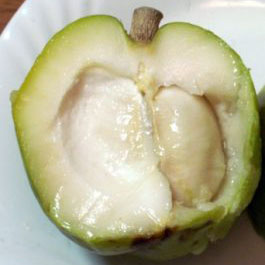
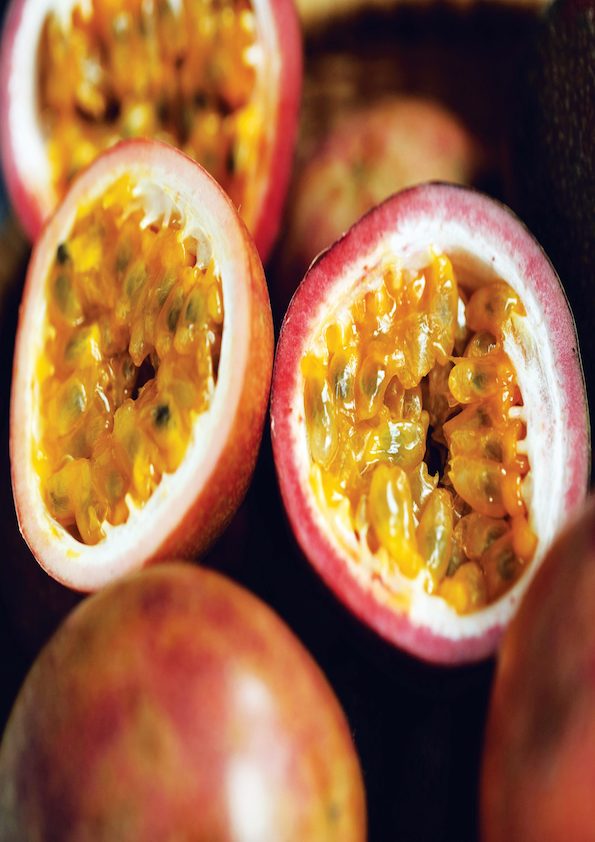

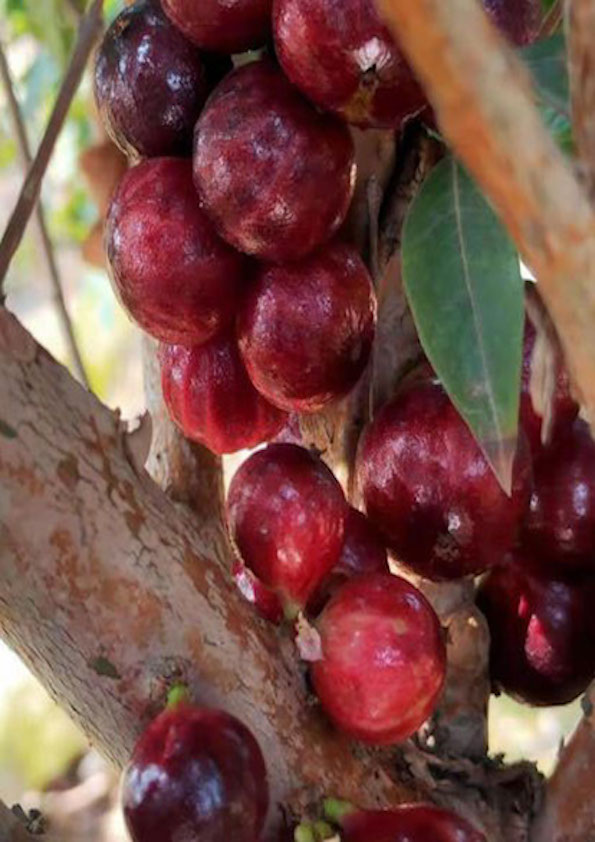
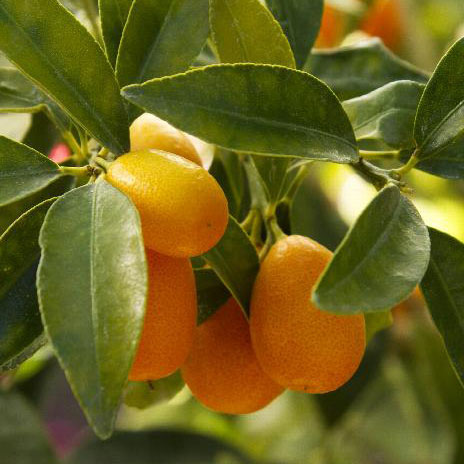
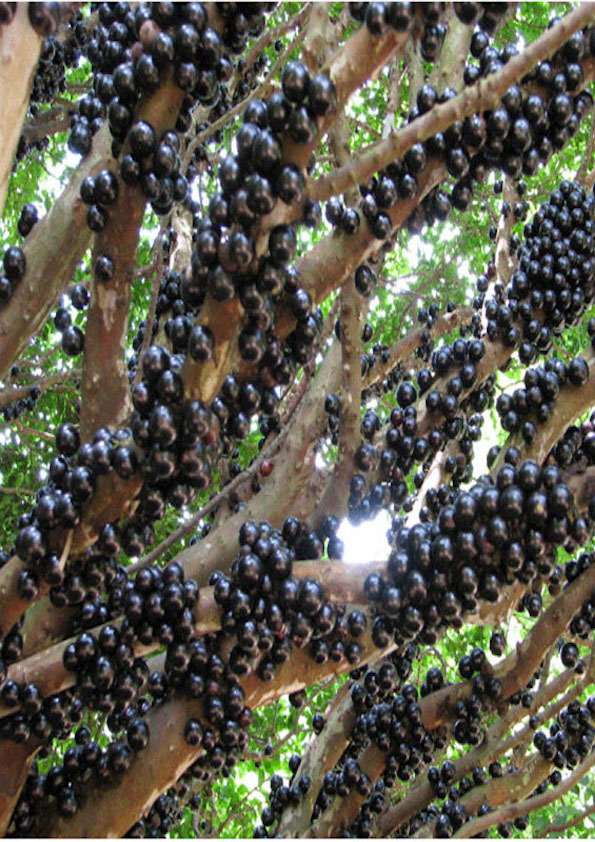
Reviews
There are no reviews yet.